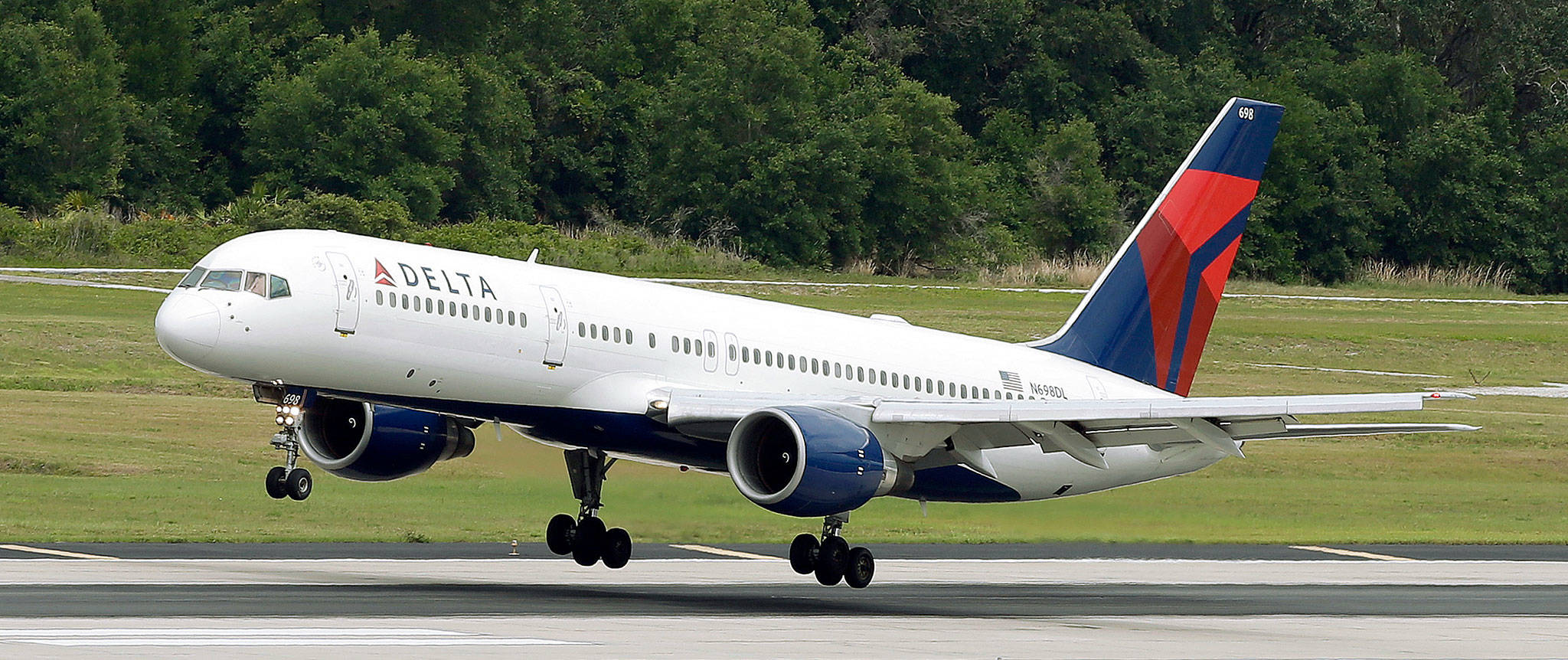EVERETT — The Boeing Co. has a history of developing new commercial airplanes during turbulent times, so why not launch one now?
The 757 and the 767 programs were launched in the mid- to late-1970s — a period marked by economic instability, aerospace analyst Richard Aboulafia, who is vice president of the Teal Group, told a virtual panel of experts this week.
Another economic downturn in the early 1980s gave birth to the 777, he added.
“You don’t think about when a plane is launched, you think about when it’s going to run,” Aboulafia said.
The virtual conference brought together three industry mavens to discuss Boeing’s future and steps it should consider to regain its footing. The event was sponsored by the International Association of Machinists and Aerospace Workers District 751.
The three experts agreed: Boeing’s recovery from the withering effects of the coronavirus could take years. But a compete recovery must include solid plans for a new commercial airplane.
For now, passenger volumes on domestic routes are roughly half what they were in 2019, and global traffic is down some 85%, airline industry experts say.
Because of those numbers, demand for new passenger airplanes, particularly the wide-body jets produced at Boeing’s massive Everett assembly plant, has plummeted.
However, a successful vaccination effort could result in a fairly quick resurgence in air travel, some analysts predict.
By the time “things get going again, a new airplane could secure Boeing’s future,” Aboulafia said.
Gradual recovery
How the airline manufacturing industry recovers depends largely on how quickly the world’s airlines bounce back from the COVID-19 pandemic, said Kevin Michaels, managing director of AeroDynamic Advisory.
A full recovery could take three or four years.
“You can’t have healthy manufacturers without the world’s airlines,” Michaels said, adding, “Without healthy airlines, there can’t be a healthy Boeing.”
The Chicago-based company is paddling upstream for now, said Michaels, but to be competitive it can’t ignore the future.
“You need to be building products today that are going to be in the market 10 to 15 years from now,” Michaels said.
Boeing continues to face competition from the Airbus A320neo. Orders for Airbus’ single-aisle passenger jet have outpaced demand for Boeing’s 737 Max, industry experts say.
Developing a new single-aisle jet, with 210 to 270 seats, would give Boeing a plane to compete with the A320 and its variants, the panel said.
Where Boeing stands on all this a question. During a third-quarter earnings conference call in October, CEO David Calhoun said the company is still in the “airplane development business” but declined to say whether Boeing plans to develop a new “clean-sheet” airplane.
If Boeing is worried the investment community will view a new airplane program negatively, the company needn’t worry, Ron Epstein, senior equity analyst at Bank of America, told the panel.
“About two-thirds of the investors I’ve spoken to think that Boeing has to do a new airplane to remain competitive,” Epstein said. “Investors always get kind of queasy around investment, but not when that investment is required to keep the company competitive.”
Supply chain
Developing a new plane could also help preserve Boeing’s vast supplier network, many of whom are small, mom-and-pop businesses, Michaels said.
Washington boasts more than 1,500 suppliers, including 200 in Snohomish County, county officials estimate.
“Ten to 20% of small suppliers could disappear or be consolidated or fail in the next year and a half,” Michaels said.
Some of those firms make critical aerospace components that can’t easily be secured elsewhere. If they go under, it’s going to be difficult to ramp up production when the market returns, Michaels said.
A new airplane program, coupled with more generous payment terms, could help them survive, Michaels said.
Boeing suppliers typically wait 90 days or more to get paid, Michaels said. Reducing that to 60 days or less would help improve cash flow at those firms.
Meanwhile, everything needed to produce a new plane can be found in the Pacific Northwest, Aboulafia said.
“You have a big community of skilled workers and suppliers and the infrastructure associated with aircraft production,” he said.
Plus, “the world’s biggest building is getting emptier,” he said of the massive Everett assembly plant.
Production of the 787 passenger jet is being consolidated at Boeing’s South Carolina plant by mid-2021.
The Everett factory will continue to produce the 767 freighter, the KC-46 Pegasus military aerial-refueling tanker, the 777 and 777X, and the 747 — until that program ends in 2022. But when the 787 and 747 programs exit, there will be a lot of space. The two lines occupy roughly a quarter to a third of the plant’s production space.
The Everett campus also houses Boeing’s 1.2-million-square-foot Composite Wing Center, built to produce the 777X model’s carbon-fiber wing.
“It’s helpful to have that wing assembly there,” Michaels said. “It’s logical that the next airplane will have a composite wing.”
All three analysts agreed: Boeing already has a template for a new narrow-body airplane in its toolbox — the 757. Widely viewed as a versatile workhouse, the single-aisle, mid-sized jet was built from 1982 to 2005.
”They just need to build a modern 757,” Epstein said.
Put on a composite wing, add new technologies and new engines, and you’ve got a new plane, the panelists said.
A new set of digital tools that Boeing now uses to design military aircraft could be used to design a commercial airplane, saving time and development costs, Aboulafia said.
It’s time, said Aboulafia, for the company to harness those capabilities. “We need a big commercial program to realize this,” he said.
Janice Podsada; jpodsada@heraldnet.com; 425-339-3097; Twitter: JanicePods
Talk to us
> Give us your news tips.
> Send us a letter to the editor.
> More Herald contact information.

























